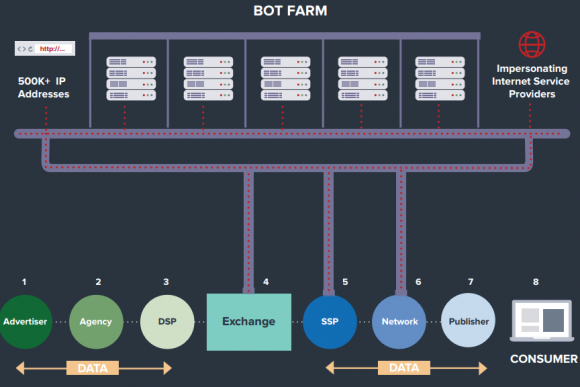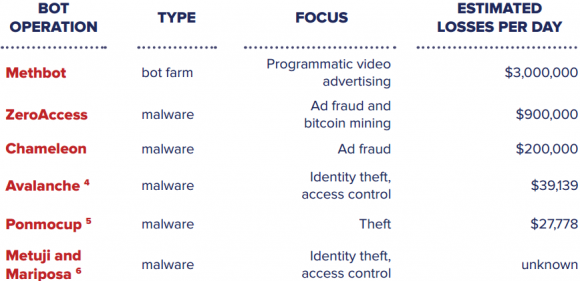‘When ideas are limited with technology, we strive. Always looking forward, we create technology to match our dreams.’ – Easton LaChappelle, UNLIMITED TOMORROW
Selecting materials for this post I have come across, in my opinion, a very inspirational example and would like to share it with you. Although the scale of the enterprise I will talk about is incommensurable to the changes that big companies have been doing and difficult to put it on the same level with the famous brands, I believe such little kind of things truly change our world for the better. This is the case when human’s curiosity, different thinking, and good intentions make things possible turning daring technologies to the stuff that empowers people.
When Easton LaChappelle was a teenager, he was eager to do something outstanding and for a long time was cherishing this idea in his mind. Now he is a 20-year-old young man, he makes people talk about his inventions, has worked at NASA, President Obama shook his hand, has traveled around the world sharing his ideas about wide opportunities to learn outside of the general educational system, he considered the prosthetics pioneer and established his own company Unlimited Tomorrow.
At the age of 14, he has built his first robotic arm out of LEGOs, fishing wire, and electrical tubing. He didn’t have a lab, coworkers, and any university knowledge, obtaining all needed information from the Internet. The turning point was when he met with a 7-year-old girl at a science fair who had a prosthetic arm. It cost $80,000, could only open and close and would need to be replaced several times when she outgrew it. He decided that he can do the prosthesis in better quality and at an affordable cost. During the years, he has been working on his model and now advanced robotic limb has more functionality than a traditional prosthesis and is purely 3D-printed.
https://www.youtube.com/watch?v=jqQbiJy1Ys0
‘The full robotic arm has 9 degrees of freedom (DOF). Each DOF allows the robotic arm to move in a different direction. V 1.0 of the robotic arm features finger control, wrist and bicep rotation, elbow articulation, and shoulder flexion and extension movements. Each section of the arm is interchangeable so large amounts of DOF are possible. With interchangeable parts, you can make this project as big or small as you can handle.
Almost every component can be printed on a consumer FDM 3d printer. This includes fingers, palm, forearm, elbow, bicep, shoulder, and gears. An entire arm uses about 2kg of PLA plastic.’ – UNLIMITED TOMORROW
On the company website, everyone can access all instructions for how to create your own robotic arm for free (all is needed to agree to a Creative Commons License). All the tools, print settings, and steps are freely available as well. It was estimated that the appropriate cost of Easton’s artificial hand is $350. Besides this, the more prices for 3D printing are going down with the years, the less will be the producing cost of the robotic hand.
Currently, Easton LaChappelle with the Unlimited Tomorrow team is developing a new concept of an exoskeleton to help people with paraplegia walk again. Unlimited Tomorrow has a goal to make technology accessible to those who need it most and enable humans to perform otherwise impossible tasks. Also, through the opening and sharing all information free of charge Easton looks forward to others who willing to extend and improve his inventions what in its turn will enhance the lives of everyone.
Here is the link to the Easton LaChappelle speech on the TED Talks:
http://www.tedxmilehigh.com/talks/3d-printing-in-animatronics/
Sources:
http://www.techtimes.com/articles/32785/20150213/diy-robotic-arm-easton-lachappelle-prosthetic.htm
http://www.daregreatly.com/explore/experience-cadillac/dont-you-dare/easton-lachapelle


